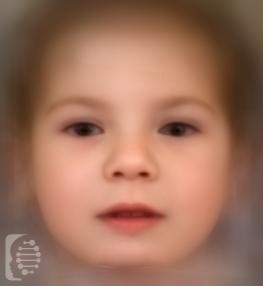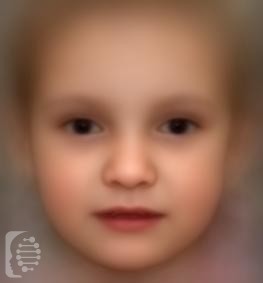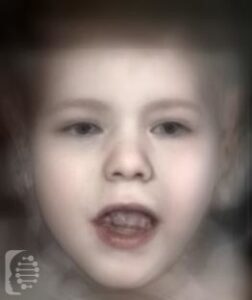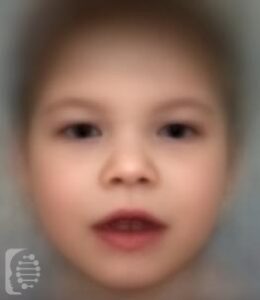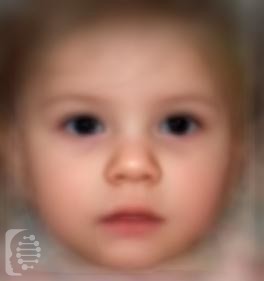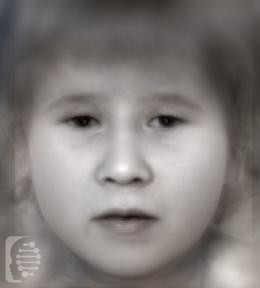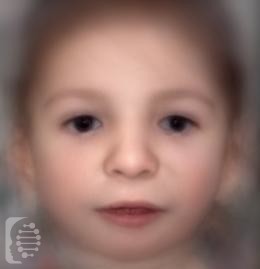
Acrofacial Dysostosis 1, Nager Type (AFD1)
Acrofacial Dysostosis 1, Nager Type is a rare genetic condition, with currently more than 75 cases reported to date. Symptoms may vary but generally, infants born with the condition require assistance with feeding and possibly assistance with breathing, related to the specific unique physical features of the condition. The majority of cases of the syndrome […]





